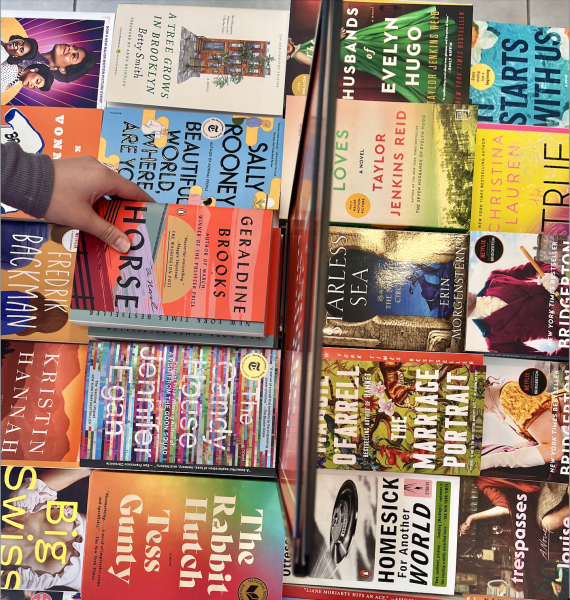Never forget: Remembering the Holocaust through literature
“To forget a Holocaust is to kill twice,” Holocaust survivor and author of “Night,” Elie Wiesel said.
Holocaust Remembrance day is Jan. 27, and we must take the time to commemorate the 11 million lives that were lost. One way to do so is through literature. While some novels focus on the helpers and heroes, highlighting those who did good through a devastating time, others depict the grim reality of the Nazi concentration camps. Here is a list of books about the Holocaust to educate yourself about its significance and honor the many lives it impacted.
“Night” by Elie Wiesel
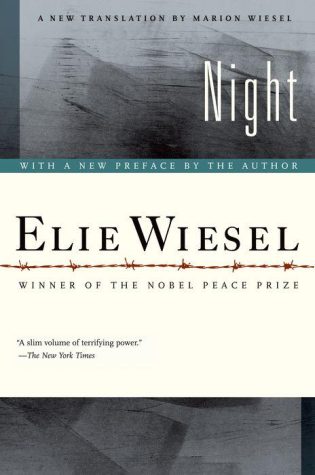
Wiesel’s “Night” is difficult to read, as it is arguably the most emotionally disturbing Holocaust book on this list. In the memoir, narrator Eliezer relays Wiesel’s actual experience as a prisoner at Auschwitz. Eliezer/Wiesel’s story is not sugar-coated, making it heart-wrenching and horrifying. Certain scenes will perpetually stick with you such as one where a guard leads a line of prisoners to the crematorium. He tricks them into thinking they are about to die, leaving them in debilitating fear for their lives, but last-minute brings them a different direction. It is all a joke to the guard, and his complete disregard for human life is sickening. Scenes like this have a chilling effect.
Throughout the memoir, Eliezer/Wiesel fights to survive. In doing so, he loses parts of his humanity and even his faith in G*d, illustrating the traumatic effects of the inhumane treatment of the prisoners. If you want to read a book that truly conveys the atrocities of the Holocaust, “Night” should be added to your list.
“The Tattooist of Auschwitz” by Heather Morris
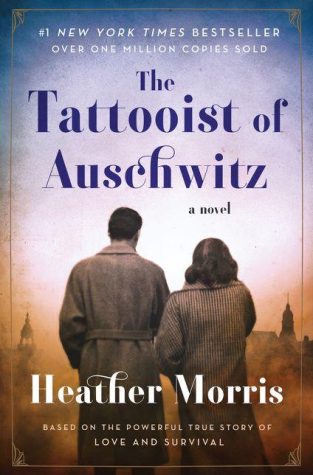
“The Tattooist of Auschwitz” is based on a true story about a Jewish man named Lale Sokolov who works as a tattooist in Auschwitz, branding prisoners with numbers. Morris’s novel is from a slightly different prisoner perspective than the other novels in this list considering Lale was one of the “lucky” ones. As a tattooist, he received better treatment and more freedom than most of the other prisoners.
This novel is mainly about what one must do to survive the brutal conditions of a Nazi concentration camp, with an overarching essence of hope as Lale does his best to help himself and the other prisoners he cares about and loves.
While Lale works as a tattooist to survive, there is mention of a girl named Cilka who has intimate relations with an SS officer to secure her protection. Morris’s sequel to “The Tattooist of Auschwitz,” “Cilka’s Journey,” follows Cilka’s circumstance in more depth. While the two are stand-alone stories, reading them together provides a well-rounded view of different types of prisoner experience.
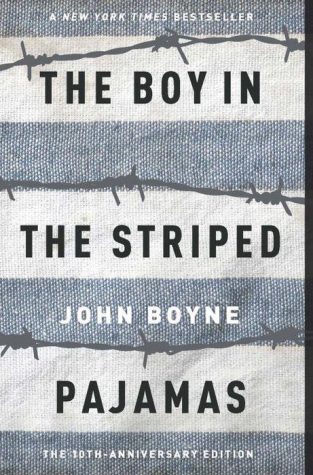
“Boy in the Striped Pajamas” by John Boyne
No one is born full of hate; it is a learned mentality. Nothing proves this more than the innocence and kindness of children seen in Boyne’s “Boy in the Striped Pajamas.” Bruno, the son of a Nazi officer, lives near a concentration camp and meets a Jewish boy named Shmuel who lives on the other side of the fence. The two become good friends, focusing on their similarities rather than their differences. To Bruno, Shmuel is simply the “boy in the striped pajamas,” and he doesn’t understand why they must be separated.
While this novel begins more lightheartedly than some of the others, fair warning, it does not remain that way. However, seeing the Holocaust through the eyes of a child offers a different and thought-provoking perspective, making this novel a must-read.
“Maus” by Art Spiegelman
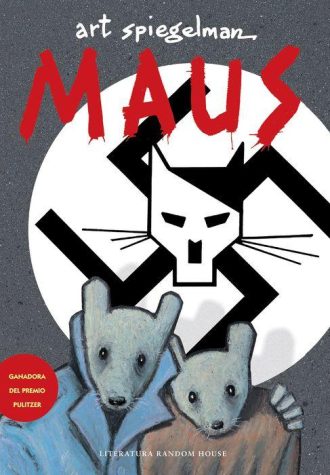
“Maus” is a two-part graphic novel series that tells the true story of survivor Vladek Spiegelman’s life during the Holocaust. The graphic novel is a story within a story, as it not only focuses on Vladek’s past but also has a frame narrative that shows Art (Artie) writing the novel in the present. This adds an interesting element to “Maus,” where unlike any other book in this list, the reader sees the lasting impact of the Holocaust on survivors like Vladek. Even many years after his time in Auschwitz, his mannerisms and comments to Artie reveal the enduring effects.
Additionally, as this is a graphic novel, the illustrations provide a symbolic meaning to the story. The humans are drawn as different animals — Jews as mice, Germans as cats, Americans as dogs — to represent each group’s treatment in society and their relationships with one another. This allows the graphic novel format to add a layer of depth that wouldn’t have come through without pictures. “Maus” is a great book for someone who wants to read a chronologically complex story, but in the easily understandable format of a graphic novel.
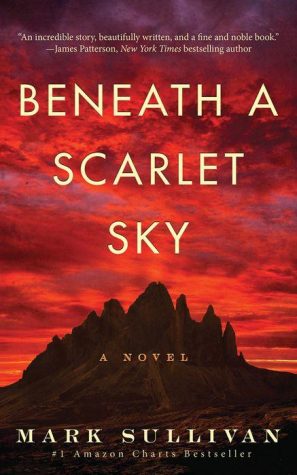
“Beneath a Scarlet Sky” by Mark T. Sullivan
Telling the story of a young Italian boy, Pino Lella, “Beneath a Scarlet Sky” focuses more on the good done by the heroes during the Holocaust. Based on a true person, Pino helps Jews escape across the Alps until having to enlist into the German army. He ends up serving as a driver for a powerful Nazi General and uses this position to function as a spy for the Allies.
This novel is full of action and a definite page-turner, while also including a beautiful and tragic love story. Any book about the Holocaust is bound to have some devasting sections, but for those who want a more hopeful story woven into the pages of a thrilling adventure, “Beneath a Scarlet Sky” is perfect for you.
“The Book Thief” by Markus Zusak
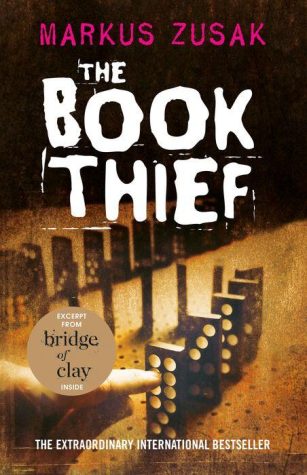
As told through the omniscient narrator of death, “The Book Thief” zooms out to cover more of World War II while still maintaining a strong emphasis on the Holocaust. A young girl named Liesel gets sent away from home to be raised by foster parents amidst the building tensions of the war. With this family, Liesel learns to read, but during the Nazi book burnings, she must steal from a wealthy woman’s library to pursue this interest. All the while, her foster parents end up hiding a Jew, Max, in their home. Max and Liesel become good friends who read and write stories together.
When reading “The Book Thief,” what stood out to me most were the characters. You will get attached to each one, so expect some tears throughout. It’s one of those books where you feel their joys, losses and hopes, so if that strikes your interest, I highly recommend picking up this powerful novel.
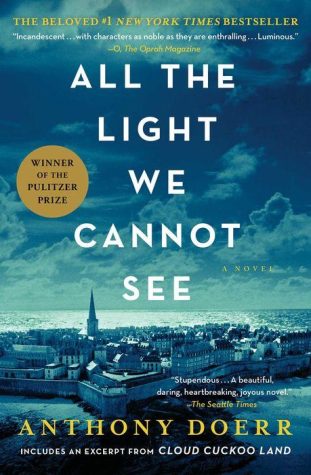
“All the Light We Cannot See” by Anthony Doerr
Similar to “The Book Thief,” “All the Light We Cannot See” once again illustrates a broader view of European World War II. Doerr’s novel tells the story of three different characters’ experiences during the war: the blind daughter of a museum locksmith, a young German soldier and a Nazi Official. The juxtaposition of their storylines makes for an exciting mystery about how their lives intersect.
The most notable aspect of “All the Light We Cannot See” is how the novel periodically switches its perspective between the characters. This allows the reader to truly understand the reasoning behind each characters’ thoughts and actions. Especially for the young German soldier, knowing his backstory makes him a protagonist, when in most other situations, he might be seen as an antagonist. The change in point of view causes the reader to sympathize with each character, making for an extraordinarily captivating novel.
Each of these books covers the Holocaust from a slightly different angle, so hopefully, there is at least one that piques your interest. Reading literature on this topic is an important step towards remembering a time in history that we should never forget.
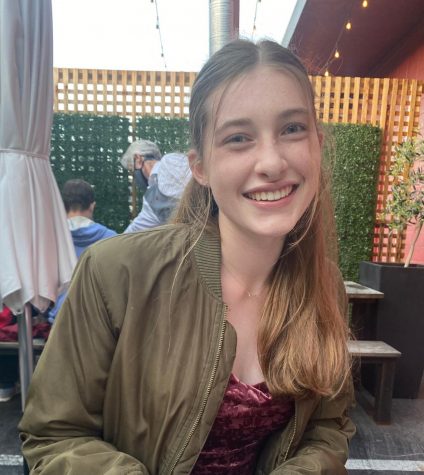
Samantha Elegant is a senior at RHS and a Head Copy Editor for the Redwood Bark. Outside of school, Samantha enjoys dancing, skiing and spending time with...

